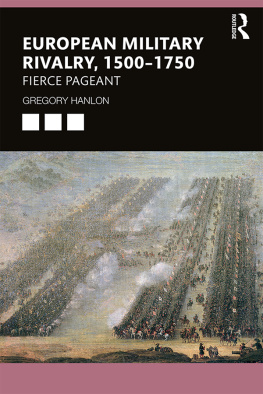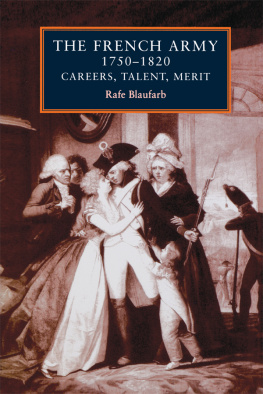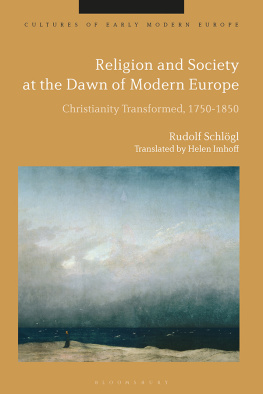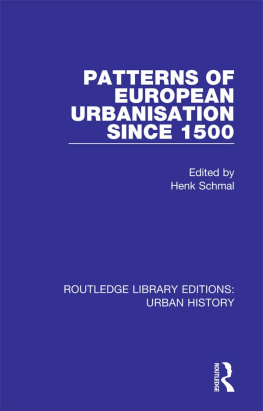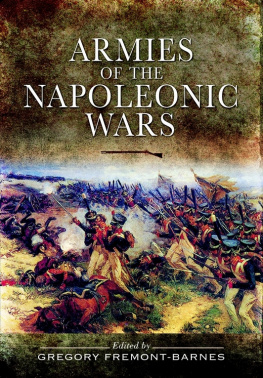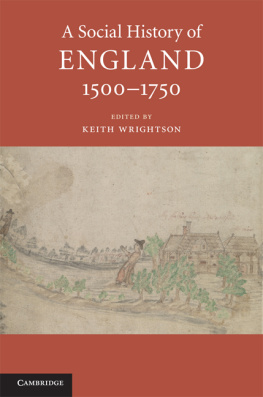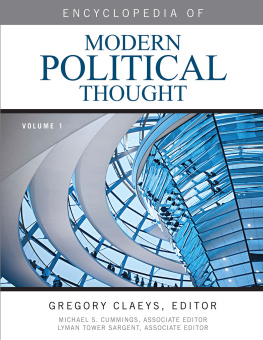European Military Rivalry, 15001750
European Military Rivalry, 15001750: Fierce Pageant examines more than 200 years of international rivalry across Western, Central, and Eastern Europe and the Mediterranean rim.
The book charts the increasing scale, expenditure and duration of early modern wars; the impact of modern fortification on strategy and the movement of armies; the incidence of guerrilla war and localized conflict typical of the French wars of religion; the recourse by warlords to private financing of troops and supplies; and the creation of disciplined standing armies and navies in the age of Absolutism, made possible by larger bureaucracies. In addition to discussing key events and personalities of military rivalry during this period, the book describes the operational mechanics of early modern warfare and the crucial role of taxation and state borrowing. The relationship between the Christian West and the Ottoman Empire is also extensively analysed.
Drawing heavily upon international scholarship over the past half-century, European Military Rivalry, 15001750: Fierce Pageant will be of great use to undergraduate students studying military history and early modern Europe.
Gregory Hanlon is a French-trained behavioural historian. His books include The Hero of Italy (2014), Italy 1636: Cemetery of Armies (2016), and Twilight of a Military Tradition: Italian aristocrats and European conflicts 15601800 (1998), winner of the Marraro Prize for Italian history.
First published 2020
by Routledge
2 Park Square, Milton Park, Abingdon, Oxon OX14 4RN
and by Routledge
52 Vanderbilt Avenue, New York, NY 10017
Routledge is an imprint of the Taylor & Francis Group, an informa business
2020 Gregory Hanlon
The right of Gregory Hanlon to be identified as author of this work has been asserted by him in accordance with sections 77 and 78 of the Copyright, Designs and Patents Act 1988.
All rights reserved. No part of this book may be reprinted or reproduced or utilised in any form or by any electronic, mechanical, or other means, now known or hereafter invented, including photocopying and recording, or in any information storage or retrieval system, without permission in writing from the publishers.
Trademark notice: Product or corporate names may be trademarks or registered trademarks, and are used only for identification and explanation without intent to infringe.
British Library Cataloguing-in-Publication Data
A catalogue record for this book is available from the British Library
Library of Congress Cataloging-in-Publication Data
Names: Hanlon, Gregory, 1953- author.
Title: European military rivalry, 1500-1750 : fierce pageant / Gregory Hanlon.
Description: Abingdon, Oxon : Routledge, 2020. | Includes bibliographical references and index.
Identifiers: LCCN 2019058834 (print) | LCCN 2019058835 (ebook) | ISBN 9781138368972 (hbk) | ISBN 9781138368989 (pbk) | ISBN 9780429428913 (ebk)
Subjects: LCSH: EuropeHistory, Military1492-1648. | EuropeHistory, Military1648-1789.
Classification: LCC D214 .H35 2020 (print) | LCC D214 (ebook) | DDC 355.0094/0903dc23
LC record available at https://lccn.loc.gov/2019058834
LC ebook record available at https://lccn.loc.gov/2019058835
ISBN: 978-1-138-36897-2 (hbk)
ISBN: 978-1-138-36898-9 (pbk)
ISBN: 978-0-429-42891-3 (ebk)
To three generations of Italian military historians: Virgilio Ilari (Rome), Mario Zannoni (Parma), Giovanni Cerino Badone (Milan), and to their posterity.
It has been almost 30 years since a proper textbook in English on European warfare in the early modern period has appeared. The works commissioned by John Keegan and including the book by John Childs have been out of print for years. Textbooks are not merely works of synthesis: they pose their own special challenges for the author. The first problem is to choose the best altitude, like a drone hovering overhead. Too high up, much of the important detail is absent or illegible to the novice reader. Too low, and there is no way to fit essential information to the length of the book. The period of analysis selected here, roughly 1500 to 1750, precludes in-depth analysis, but it allows us to begin with the Renaissance innovations resulting from mobile artillery and hand-held firearms, and conclude with the period of relative stasis after the early eighteenth century. We must identify a place to study, too. European ways of warfare must include the greater part of the continent by population, and, above all, include the Ottoman world and North African periphery that constituted a real menace. A book dealing with Europeans around the world has its own virtues, but to study it here would make the project unwieldy.
Another set of choices revolves around two opposing strategies: to recount the story of European conflicts as they unfolded over a quarter-millennium, or else adopt a thematic approach that glosses over specific events. The second has been the strategy adopted by many previous authors, particularly when constrained by space. In the number of pages allotted here, I will attempt to do both: three or four large chapters deal as comprehensively as possible with periods of military history that seem to have their own coherence, each followed by chapters dealing with important themes. This allows me to encapsulate the great majority of the international contests taking place over the period, with the exception of internecine warfare in the Baltic zone. Russia made its entry on to the European stage only in the eighteenth century. The book also brings maritime history into the picture, both in the form of national fleets and navies as long-term institutions, and the important aspect of privatized naval warfare in the form of corsairs.
New syntheses have the duty of updating the literature by introducing the revisions brought by scholars in the field. This entails challenging received ideas that are difficult to dismiss, but that constitute the very rationale of original detailed research following rules of evidence and empirical knowledge. There are degrees of certainty and the laws of empirical demonstration assist immensely in separating what we can know with a reasonable level of confidence from mere speculation or patriotic cant. I also stress the importance of scholarly works based on archival research, which introduces its own flavour. The book is not overly concerned with historiography and will probably betray deep misgivings about the importance of intellectual history. It posits that the thesis of the Military Revolution has been argued to an inconclusive end, and so needs no further elaboration here. Historiographies are often steeped in national traditions, which this book eschews. On the other hand it will exhort students and scholars to focus new research in specific areas where this is crucially wanting. On some topics and some conflicts there already exists a rich and abundant literature. In other important areas, we still lack good scholarly studies. Finally, I would like to plead the readers indulgence whenever a useful and perhaps important book has not been cited. The potential bibliography of works pertinent to military history over a quarter-millennium is huge and growing daily, and far surpasses the ability of a single scholar to be familiar with them all. This overview draws on a wide-ranging literature in four languages, listed in the ample bibliography. Instructors who use the book as a reference text are indeed invited to add readings of their choice to the corpus cited here.

